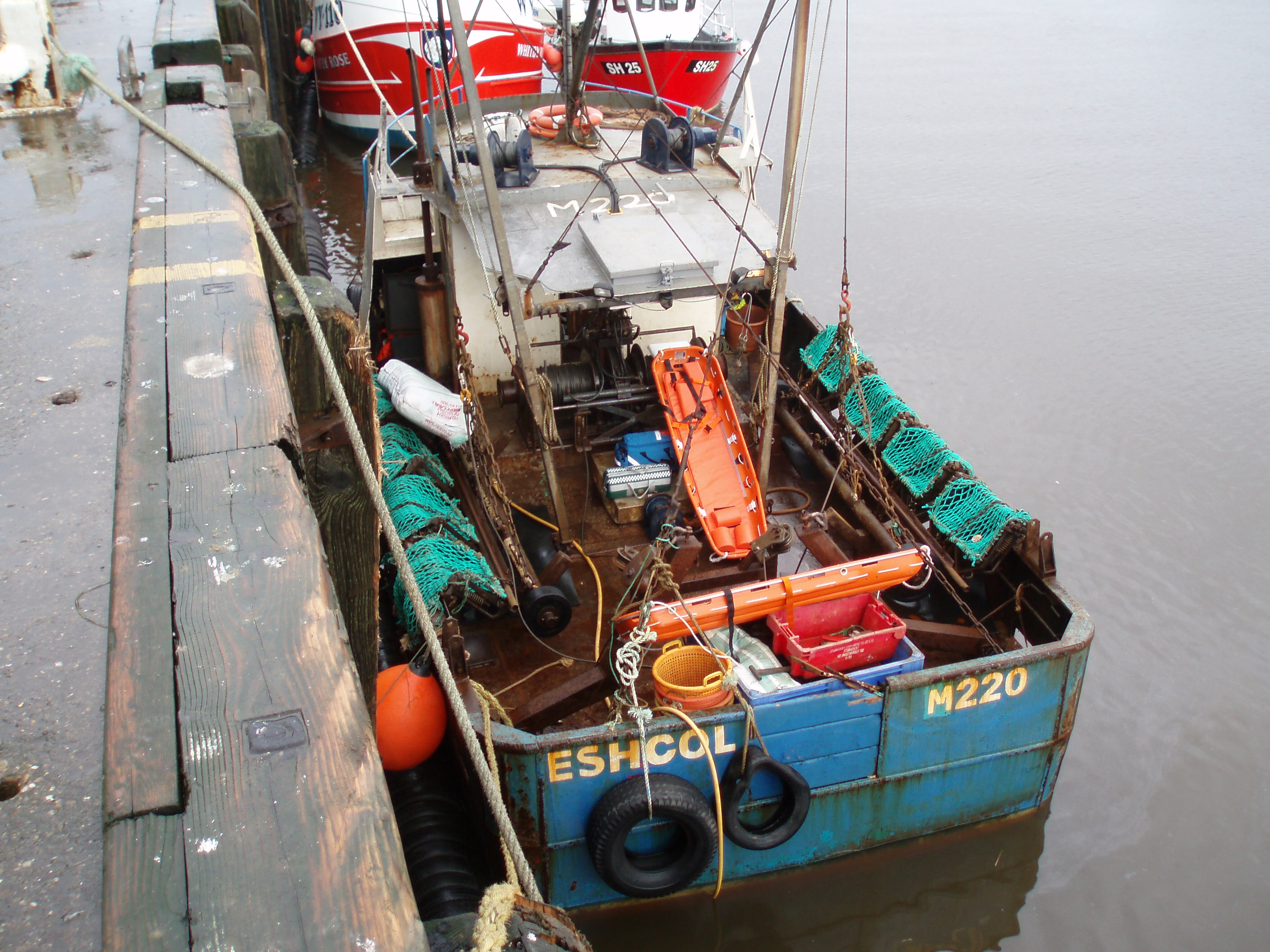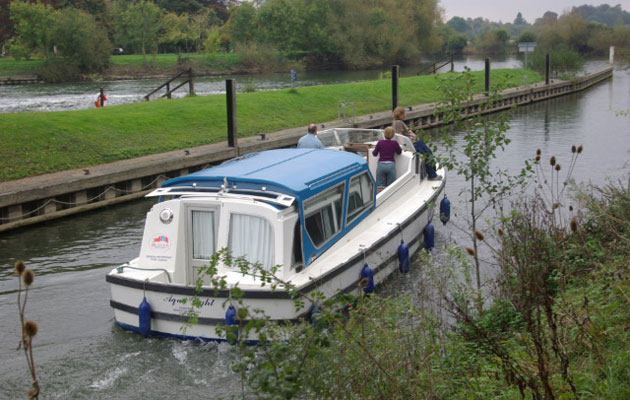The MAIB is urging all boaters to fit carbon monoxide detectors or alarms to their vessels following the death of Ray Milton at Cardiff Yacht Club
10 August 2017
The owner of the Vasquez motor cruiser, Ray Milton, died from carbon monoxide poisoning because, without a CO detector or alarm being fitted to his boat, “he was unaware that CO from his boat’s engine exhaust was emitting into the cockpit and cabin area”.
This is the conclusion of the Marine Accident Investigation Branch (MAIB) report published today into the death of Milton at the Cardiff Yacht Club on 12 November 2016.
The MAIB is continuing to urge all boaters to fit carbon monoxide detectors or alarms to their vessels, but acknowledged that “there still remains a significant task to raise boat owners’ awareness about the dangers of carbon monoxide in recreational boating sector”.
In May, it issued the same stark warning after the deaths of lan Frost and Tina Wilkins on board their Doral 250SE sports motor cruiser, Love for Lydia, on the River Bure in Norfolk.
Investigators looking into the death of 72-year-old Ray Milton at Cardiff Yacht Club found that his Draco 2400ST motor cruiser had been experiencing engine problems.
Milton, who had been a member of the club for around 20 years, regularly visited the club to check on his boat and socialise.
He had owned various motor boats throughout his life, and had bought Vasquez from a fellow club member around 5-6 years before the accident.
Continued below…
Boat owner jailed after two crew die of carbon monoxide poisoning
The owner of the Eshcol, Timothy Bowman-Davies, from Milford Haven, is starting a 15 month sentence after two crew died…
MAIB: boaters should fit carbon monoxide alarms
The Marine Accident Investigation Branch has issued a stark warning to boaters following the deaths of two people on board…
Boaters asked to be ‘carbon monoxide wise’
The Boat Safety Scheme is urging all boat owners to be aware of carbon monoxide safety advice, following the deaths…
Protecting you and your crew from carbon monoxide poisoning
Marine surveyor Tony Skeats talks through the dangers of carbon monoxide poisoning and how you can protect yourself and your…
On the morning of 12 November 2016, he went on board Vasquez to see if the engine would start. A friend spoke to him before heading to the club’s bar where he expected Milton to join him.
When he didn’t arrive, the friend phoned another club member to check on Milton.
When the club member approached the Vasquez he found the inboard petrol engine running and the canvas cockpit canopy fully closed except for one undone zip.
Milton was discovered lying in the cabin.
With the help of another club member who was an off-duty firefighter, CPR was started on Milton. The emergency services were also called, and the engine was turned off.
Milton never regained consciousness and was pronounced dead on arrival at hospital.
Both of the rescuers also suffered from the effects of carbon monoxide poisoning.
The MAIB investigators found that the source of the CO came from failed rubber bellows that formed part of the inboard engine’s wet-exhaust system.
They also found that the boat’s engine had not been regularly serviced over the last 5-6 years, and there was evidence that the exhaust system of the engine had been modified during the boat’s life.
As well as its recommendation for all recreational boaters to fit carbon monoxide alarms or detectors, the MAIB also stressed the importance of regular engine servicing.
“It is important to seek professional advice and regularly service a boat’s engine, in accordance with the manufacturer’s guidelines, to ensure it remains reliable and safe to use,” it concluded.
22 November 2016
The Marine Accident Investigation Branch (MAIB) has announced its initial findings after a fatal accident at Cardiff Yacht Club.
The owner of the motor cruiser, Vasquez was discovered shortly after midday collapsed in the cabin by two fellow club members on 12 November 2016.
Despite the efforts of the two men and members of the emergency services he did not regain consciousness.
The MAIB said at the time of the accident the boat was secured to a club pontoon.

Vasquez. Credit: Robert Cranstone
The inboard petrol engine was running and the canvas cockpit canopy was fully closed except for one zip that was undone.
Approximately 45 minutes after he had started the engine, the owner was discovered collapsed in the cabin. Two club members boarded the boat and began to administer CPR.
Paramedics arrived and immediately recognised that the rescuers were displaying symptoms consistent with carbon monoxide (CO) poisoning.
They removed the cockpit cover and continued to administer CPR to the owner.
The owner was transported to hospital but was later pronounced dead.
Both rescuers were confirmed as suffering from CO poisoning and treated in hospital.
The MAIB said that initial tests showed high levels of CO inside the cockpit with the engine running.
The boat was not fitted with a CO detector/alarm.
14 November 2016
Three men have been treated for the effects of suspected carbon monoxide poisoning following a leak on board a motor boat at Cardiff Yacht Harbour.
Firefighters from the South Wales Fire and Rescue Service were called to the club on the afternoon of 12 November, 2016.
Members of the Penarth Coastguard Rescue Team also assisted in the evacuation.
A spokesman for the South Wales Fire and Rescue Service said when the crew arrived, three men were found on board.
“One man had suspected carbon monoxide poisoning and two were suffering from the effects of carbon monoxide,” she said.
The three men were all given oxygen therapy at the scene before being transferred to the University Hospital of Wales by ambulance.
Firefighters then used a PPV fan to ventilate the motor boat.
Back in August, the Marine Accident Investigation Branch (MAIB) issued a warning after the deaths of a couple on their motor cruiser in the Norfolk Broads.
The safety bulletin recommended that carbon monoxide alarms, similar to those used in caravans and homes, were fitted to boats.
It also highlighted the many sources of carbon monoxide on board including engines, generators, solid fuel burners and cookers.
Alan Frost and Tina Wilkins, along with their pet dog, died in June on board the Doral 250 SE motor cruiser, Love for Lydia, at Wroxham, Norfolk.







